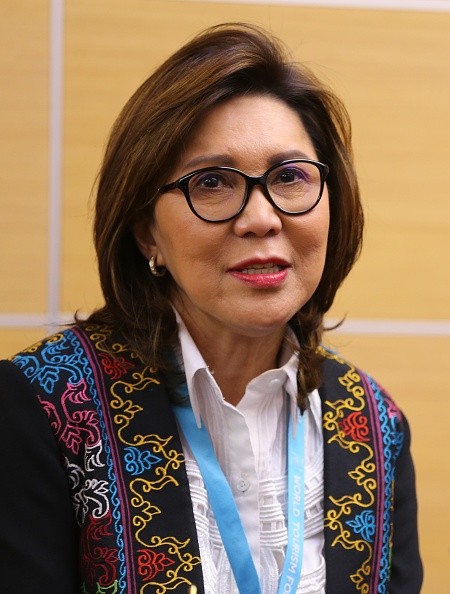Government officials from China and the Philippines have secured strategies to help increase visitor arrivals and to strengthen tourism cooperation between the two countries.
Plans were made close to the recent opening of the ASEAN-China Year of Tourism Cooperation 2017. This is to fulfill President Xi Jinping’s promise to bring at least 2 million Chinese tourists to the Philippines annually.
Led by Tourism Secretary Wanda Corazon T. Teo and Chairman Li Jinzao, officials from the Department of Tourism (DOT) and the China National Tourism Administration (CNTA) had a series of meeting the Makati Shangri-La and Conrad Manila.
China and the Philippines have come to an agreement to execute marketing and communications campaigns; conduct familiarization trips for media and tour operators; arrange tourism-related workshops and capacity-building sessions for travel professionals; schedule official visits by tourism heads; and calendar joint travel fairs in both countries.
In 2016, 675,663 Chinese tourists visited the Philippines, close to a 300 percent increase from 187,446 in 2010. According to the CNTA, about 1 million Filipinos arrive in China each year.
Both groups have also accepted the implementation of the ASEAN-China Air Transport Agreement. The agreement has increased the number of direct flights between both areas.
About 4,900 direct flights now connect 37 ASEAN cities with 52 Chinese cities since the signing of the agreement. More actions among ASEAN-China aviation cooperation committees will boost tourism development in the region.
On March 16, the ASEAN-China Tourism Cooperation Year 2017 was launched at the Philippine International Convention Center. It is an initiative that aims to strengthen the partnership between China and the 10 ASEAN member countries, which include the Philippines, Brunei Darussalam, Cambodia, Indonesia, Lao PDR, Malaysia, Myanmar, Singapore, Thailand and Vietnam.
Vice Premier Wang Yang, who oversees China’s agriculture, water resources, commerce and tourism, led the Chinese officials in the said event.
President Duterte, in a speech read by Teo, acclaimed the “reawakening of an age-old kinship” with China that started before the Spanish came to the Philippines.
“Through regional cooperation and diplomacy tourism, the goals to increase visitor arrivals, promote cultural exchanges, generate more livelihood for local people, improve infrastructure and diversify investment in tourism activities can be achieved between ASEAN and China,” Duterte said.
Wang praised the friendly ASEAN neighbors for their neutrality in regional affairs and enhancing tourism cooperation, adding that China is now ready to “take the tourism year to inject a small impetus to the upgrading of China-ASEAN relations to a new era.”
“The current world situation is reconciliatory. Through tourism cooperation, ASEAN and China can do great and good things together, like our situation in the Philippines, where we are prioritizing sustainable and inclusive tourism. With booming travel between ASEAN and China, our cooperation will bring nations and peoples closer together,” said Duterte.
“Through the ASEAN community as defined in the Master Plan on ASEAN Connectivity, we envision a seamless and comprehensively connected and integrated ASEAN that promotes competitiveness, inclusiveness and a greater sense of connectivity,” said Teo in her own speech.
“Today, as we celebrate the 25th year of ASEAN-China relations, we also celebrate the ASEAN-China Year of Tourism Cooperation, which seeks to enhance tourism growth, through increased visitor arrivals, receipts, employment and inclusiveness,” she added.
The Philippines will be the chair of the ASEAN Summit 2017.
Tourism between the two regions has grown over the years, with a 42.4 percent increase in the number of Chinese visitor arrivals in ASEAN in 2015 and a 6.3 percent increase in ASEAN tourists to China in the same year.
Based on the projections made by tourist officials, with 15.7 percent average annual growth in the mutual visitor traffic between the regions, the 30 million target will be achieved by 2020.
Tourism cooperation between China and the ASEAN, particularly the Philippines, will benefit both parties.



























